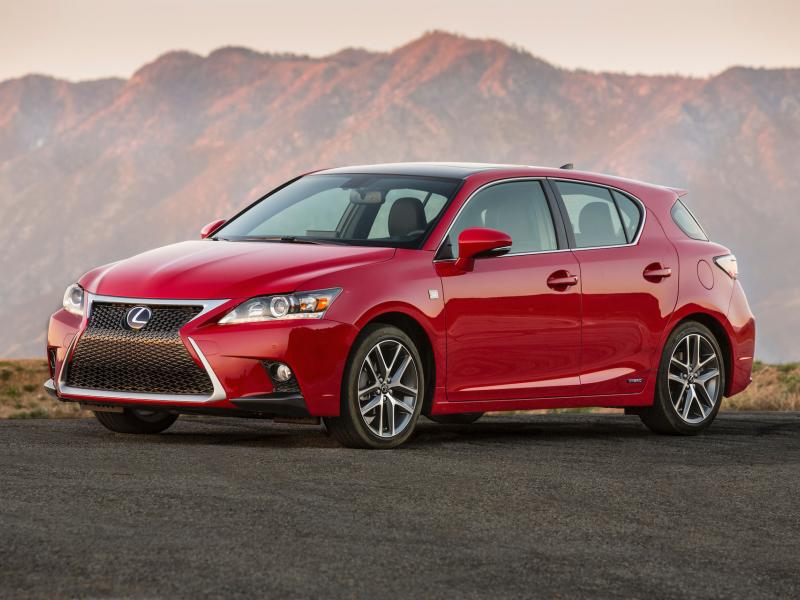How Trailer Brakes Work
Types:
There are possibly two vital brake types (disc or drum brakes) that are used on trailers; although you will find three possible means that usually make them activated. These means include air, hydraulics or electricity. This article not only puts forward information about these means but also about how trailers brakes work.
Air Brakes:
Trailer brakes that are actuated by air usually found just on large trailers (utilized in semi-trailer rigs). These types of trailers should be pulled by a truck which is itself has air brakes. Hoses provide air to the trailer brakes which are located on the rear of the truck. Air brake is actuated at the time when the brake pedal in the tow vehicle is depressed, otherwise in case when the trailer brake lever is used. This lever is found on the dashboard of trucks having air brakes and it is capable to apply the trailer brake separately from the truck’s brake.
You need to apply high pressure air to a diaphragm inside the brake can to let the air brake working. Consequently the brake rod applies pressure to the brake shoe, which in turn applies the brake.
Surge Brakes:
Let us now talk about surge brakes. Trailers with surge brakes don’t need a particularly equipped tow vehicle. It is because surge brakes are completely placed on the trailer, and thus can be used with any vehicle of adequate size as well as capacity.
Remember that surge brakes are hydraulic brakes and normally work closely to the same way as the brakes in a car. In the case of a car, the brake fluid is put in the brake master cylinder and then propel to the wheels at the time when the piston (in the master cylinder) is pushed in, typically through a brake pedal. Though, on a trailer, the master cylinder is mounted to the trailer coupler which allows the coupler to slide when the tow vehicle is slowing faster than the trailer. This is adequate to lower the piston in the master cylinder, which usually sends brake fluid to the brakes. There is a small hydraulic cylinder inside each wheel’s brake assembly, which is called a wheel cylinder. The pistons in the cylinder move outward at the time when the brake fluid coming out from the master cylinder goes into the wheel cylinder, and then spread the brake shoes, to compel them against the brake drum and finally slowdown the trailer.
Electric Brakes:
Electric trailer brakes need a tow vehicle with a brake controller. These brakes are always drum brakes. The shoes are pushed in opposition to the drum since the magnet attempts to join itself with the brake drum, which compel the actuating arm to spread the brake shoes alongside the drum, which finally stops the trailer. This actuating machinery is used about on all types of trailer, except the majority of boat trailers.





